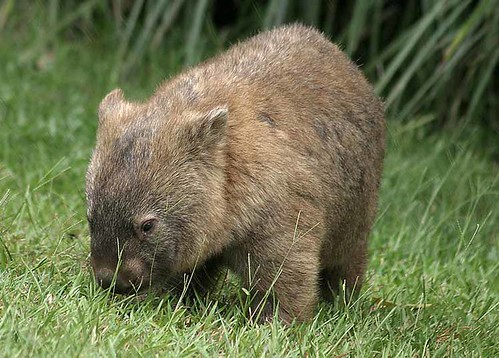Chinchilla
Similar to squirrels, these rodents are native to the Andes mountain range in South America. Named after the indigenous people of this mountain range its name literally translates into "little Chincha". Due to a large demand for their fur, chinchillas became very rare during the 19th century. Because of this most chinchillas are born on special farms, bred for domestic uses or in extreme uses- their fur.
Chinchillas were not a confirmed species until 1600's, when the first literature reference appeared in Seville written by a Father Jose de Acosta. Keeping chinchillas as domestic creatures was not thought of until a Jesuit Priest, Juan Molina, however the first successful attempt was not until 1900.
In their own habitat, chinchillas live in holes and cracks in rocks. They are brilliant jumpers and can jump extemely high, up to 1.5 metres. Animals in the wild that will hunt them include snakes, birds of prey and skunks . Chinchillas have some defensive tactics including urinating on attackers and losing fur if attacked. In their own habitat, chinchillas have been seen eating mainly plants and small insects, even though this diet could be fatal as chinchillas diet should be primarily hay-based.
In the wild, chinchillas live in large groups that act like colonies but are actually called herds. Chinchillas are not restricted to breeding at any time of the year. Due to a long pregnancy, chinchillas are born fully furred and with eyes open. Litters are usually small in number, predominately triplets or twins.
Subscribe to:
Post Comments (Atom)


What a cool pic, it is very educational. Will you include more info on the isopod? Can't wait to read it
ReplyDelete